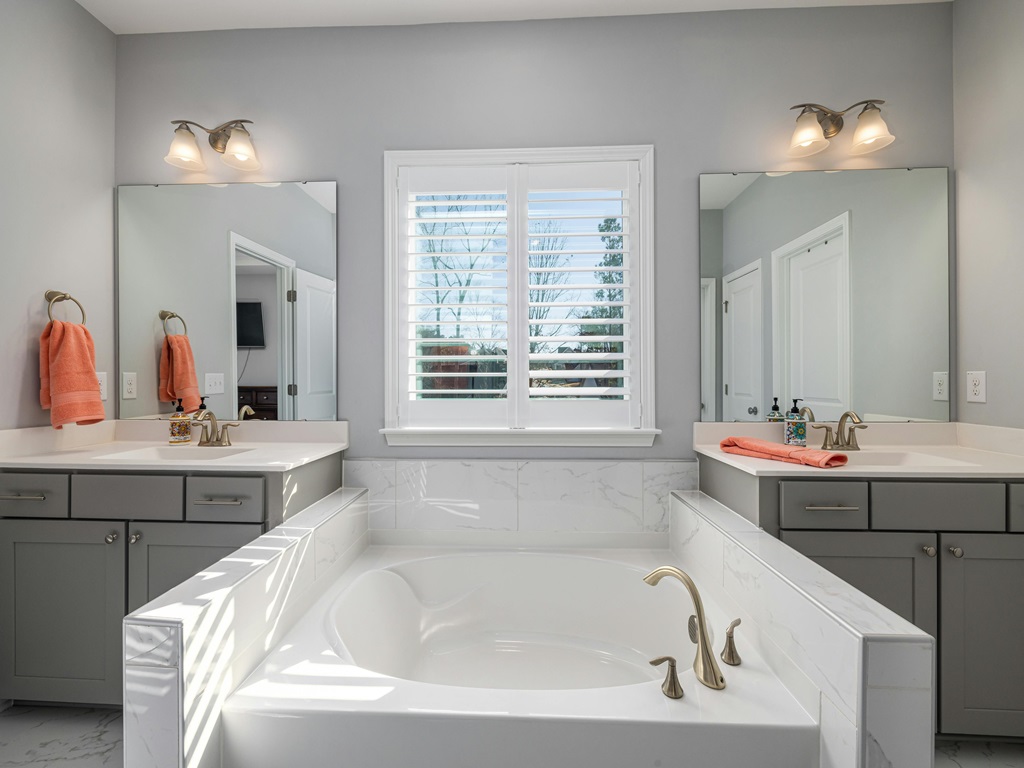Senior living communities often get wrapped in a web of myths that paint a picture far from reality. These misconceptions can deter many from considering them as a viable option for themselves or their loved ones. Let’s take a closer look at some common myths and shed light on the realities of senior living communities.
Myth 1: Loss of Independence
A prevalent myth is that moving into a senior living community means sacrificing independence. On the contrary, these communities are designed to enhance independence by offering support where it’s needed. Residents can choose from a range of living options, from fully independent living to assisted living that provides help with daily activities. This support allows residents to maintain their autonomy while ensuring they receive the care they need.
Myth 2: Lacking Personal Space
Another misconception is the belief that senior living means cramped quarters and a loss of privacy. In truth, communities offer a range of housing options from private apartments to spacious rooms, all designed with the comfort and dignity of residents in mind. Personalization and bringing one’s furniture and keepsakes are often encouraged to make the space feel like home.
Myth 3: A Boring and Unstimulating Environment
Some might think senior living communities offer little in the way of stimulation or entertainment. This couldn’t be further from the truth. Modern communities boast a vibrant schedule of activities, classes, and events designed to engage residents’ interests and encourage social interaction. From art classes and fitness sessions to excursions and educational lectures, there’s something for everyone.
Myth 4: Exorbitant Costs Without Value
The cost of senior living communities is often misunderstood, viewed as excessively high without providing value. While there is an investment involved, it’s important to consider what’s included: maintenance, utilities, meals, housekeeping, and care services, among others. When compared to the cumulative costs of living independently (including home maintenance, property taxes, and healthcare services), a senior living community can be a cost-effective solution that provides considerable value.












